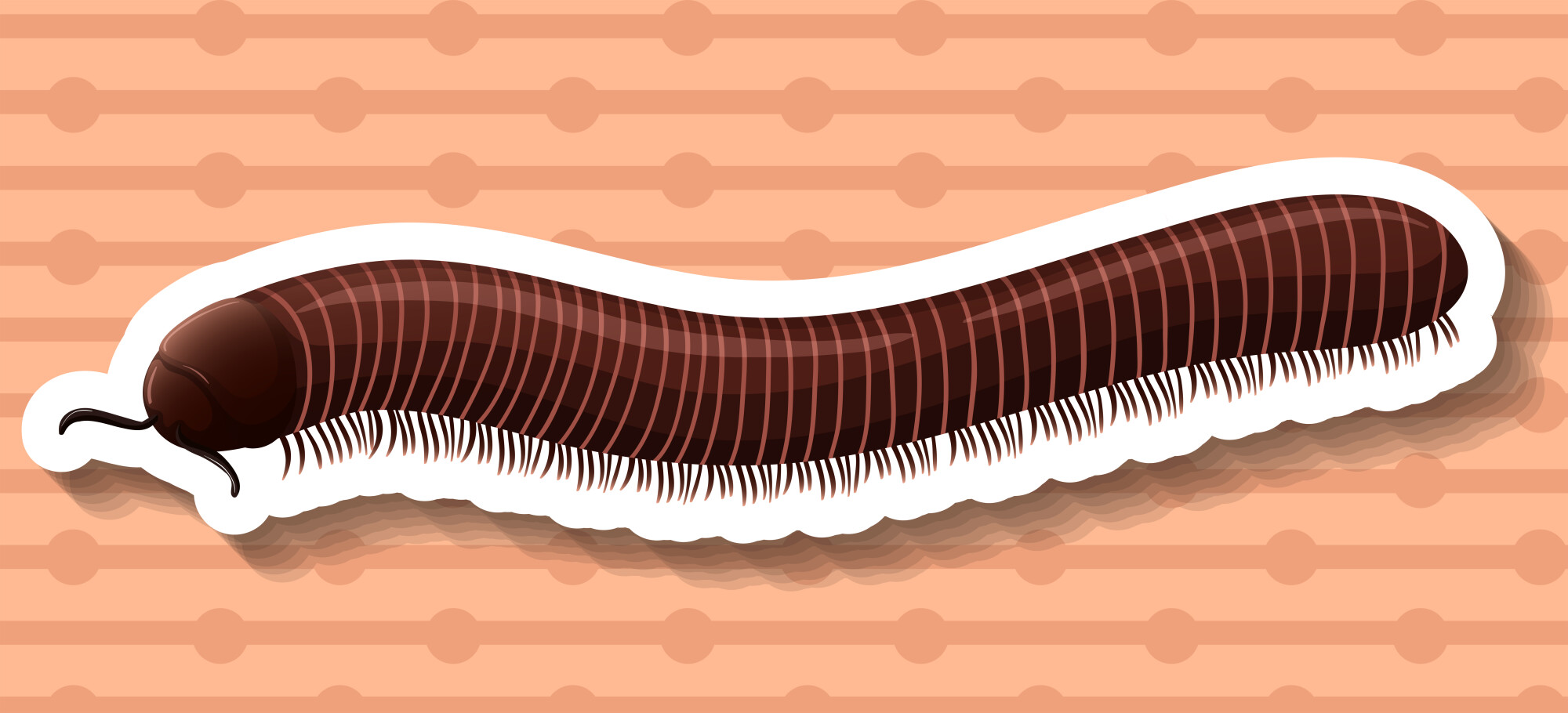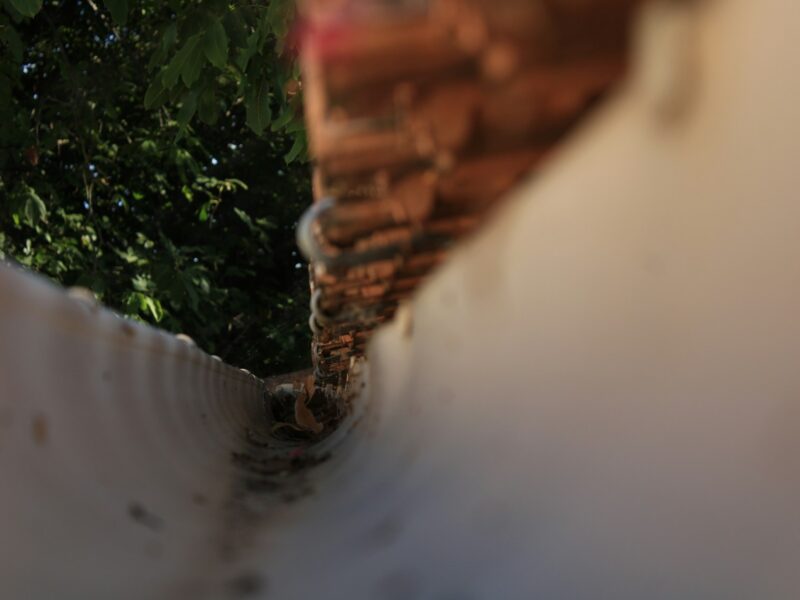House centipedes are long, multi-legged bugs that occasionally come into houses from outside. They’re not poisonous but creepy; some people just can’t stand them.
How can you keep centipedes out of your home, and how can you get rid of the ones you have?
Let’s take a look.
Contents
Identify the Source
To control and prevent house centipedes, it is essential to identify the source from which they come. They can enter buildings through tiny cracks and crevices or vents and doors. Inspect your home for possible entry points and close them with caulk, or nylon mesh, to prevent the centipedes from coming in.
Seal windows, doors, and cracks. Use door sweeps and weather stripping on door frames. Inspect and replace rotting window frames, weather strips, and other materials to prevent a centipede infestation. Vacuum and regularly clean, especially in dark and damp places.
Remove any sources of food, such as other insects and food scraps. Check potted plants for centipede eggs and remove them from your home. Finally, remove clutter and damp areas from the structure of your house to create a less desirable environment for centipedes to inhabit.
Clean Up and Reduce Clutter
An effective way to reduce and avoid centipedes in the house is to clean up and reduce clutter – especially around windows, doors, and baseboards. Ensure that all items are placed off the floor and away from walls. Vacuum regularly removes dirt and dust, which attract insects, including centipedes hiding in crevices.
Clutter can form harborage points for centipedes to hide and reproduce. Tidy up your house and remove places where they can hide, such as in piles of laundry and cardboard boxes.
Use Natural Repellents
Start by drying out any wet or moist areas of the house and use dehumidifiers if needed. Natural repellents like diatomaceous earth, cinnamon, peppermint oil, tea tree oil, and lemon can be used.
Diatomaceous earth can be sprinkled around the baseboards and will cut and dry out the centipedes on contact. Cinnamon, peppermint, tea tree, and lemon can be diluted in water and sprayed around windows, doors, and baseboards.
Seal Any Cracks or Crevices
Start by inspecting door frames, window frames, and baseboards of rooms throughout the house for any gaps or cracks. If there are any, use a silicone-based caulk to fill them in. For larger cracks and crevices, use expanding foam to fill them in.
This will help to discourage house centipedes from entering the home, as they can fit through the minor cracks and crevices. Additionally, seal any gaps or holes around pipes or vents leading inside the home, as this can be a potential entry point for house centipedes.
If there is some unusual pest infestation in your house, you might call the help of pest control. Or do some research to discover these creepiest crawlies and learn how to mitigate them from multiplying.
Make a Plan to Prevent House Centipedes
House centipedes can be annoying pests, but with regular cleaning habits and avoiding clutter, they can be prevented. An exterminator can be consulted when needed, and certain traps, sticky strips, and natural repellents are also available. The bottom line is to take the necessary precautions to avoid an infestation and enjoy your home pest-free.
To learn more helpful tips, best sure to visit our site today!



